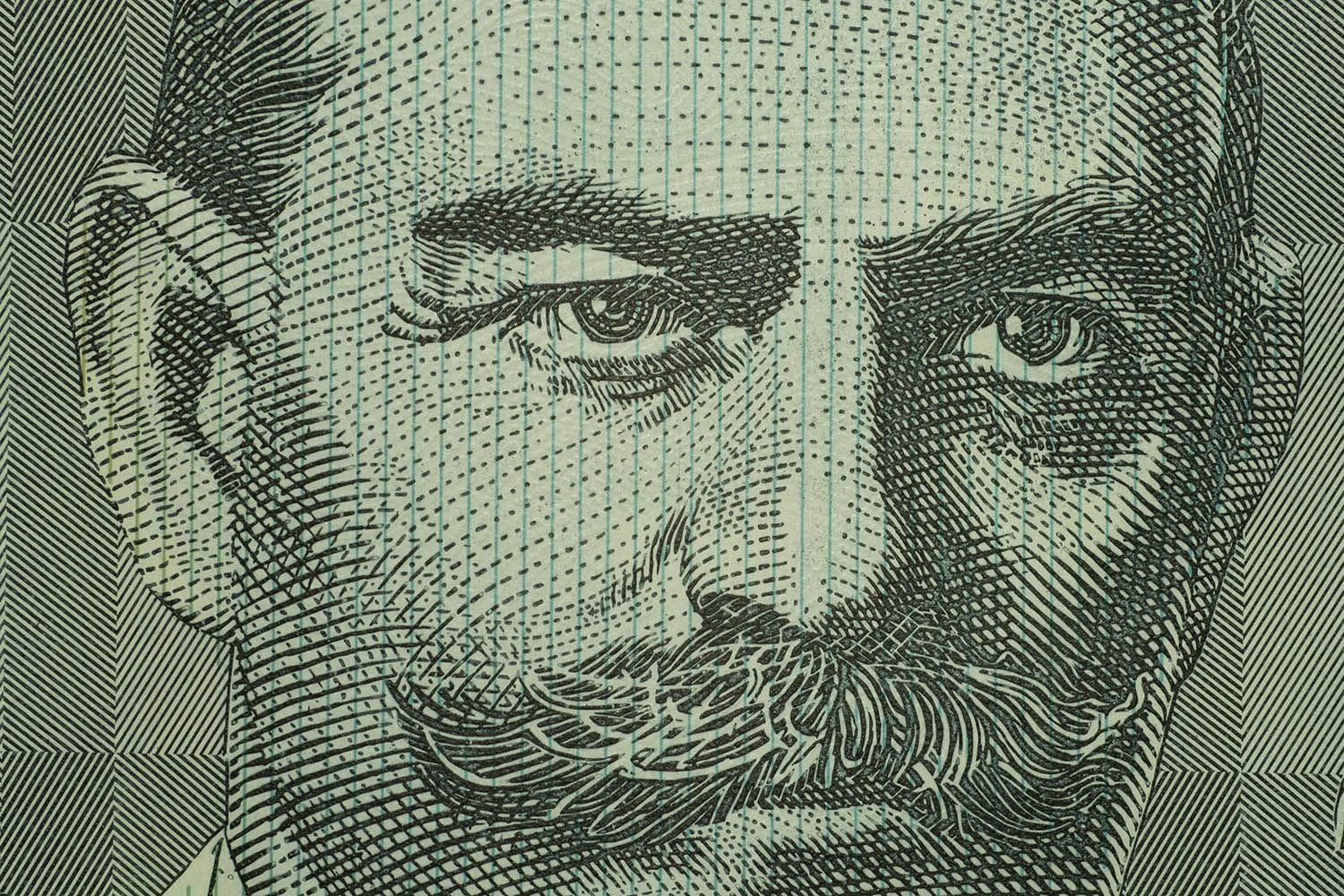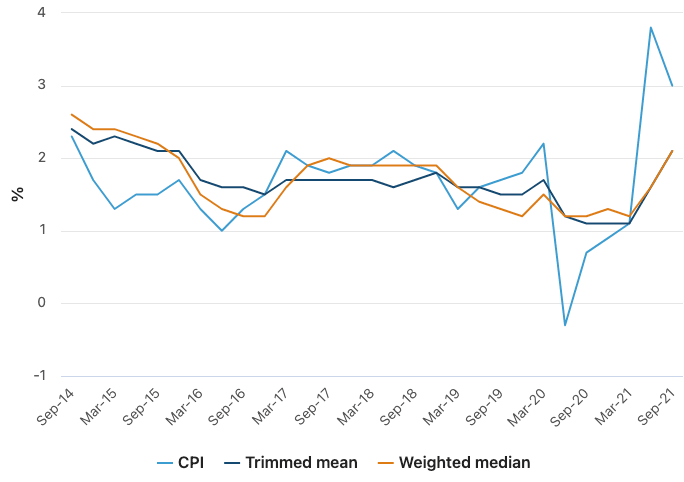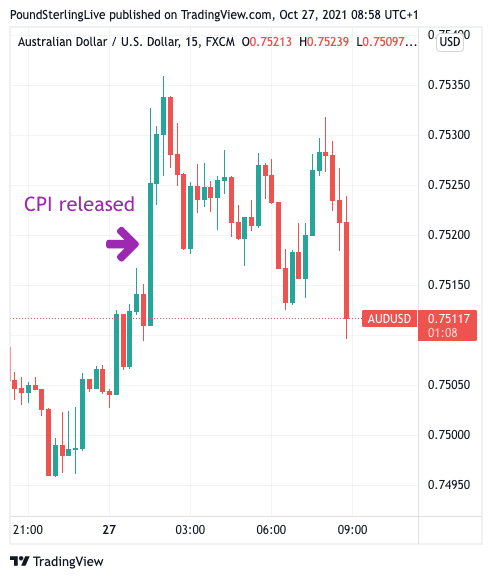Australian Dollar Bid as Investors Ramp up 2022 Hike Bets Following Inflation Data
- Written by: Gary Howes

Image © Adobe Images
- GBP/AUD reference rates at publication:
- Spot: 1.8317
- High street bank rates (indicative band): 1.7676-1.7804
- Payment specialist rates (indicative band): 1.8152-1.8825
- Find out about specialist rates, here
- Or, set up an exchange rate alert, here
Australian inflation data for the third quarter has come in hot and markets have bid up the Australian Dollar as they anticipate a response from the Reserve Bank of Australia (RBA).
The ABS reported that CPI inflation rose 0.8% in the third quarter amidst global supply disruptions, rising rents, construction cost increases and a spike in automotive fuel prices.
"AUD found a bid" following the release of the data says Naveen Nair at Citi Bank.
Above: Australian inflation data, image courtesy of the ABS.
Headline CPI inflation came out in line with expectations at 0.8% quarter-on-quarter and the annual increase also read in line with expectations at 3.0%.
But the CPI trimmed mean exceeded expectations coming in at 0.7% (vs 0.5% consensus) quarter on quarter.
Currency traders leapt on this beat, looking for any reason to extend a recent trend of appreciation in the Australian currency.
"AUD spiked on the announcement, trading 0.37% higher," says Nair.
Secure a retail exchange rate that is between 3-5% stronger than offered by leading banks, learn more.
Following the inflation numbers the markets are now pricing in around 88bps of hikes for 2022 and 64bps of hikes for 2023 to come from the RBA, according to Citi.
This pricing suggests the market and the Reserve Bank of Australia are at loggerheads given the RBA anticipates the first rate rise to only come in 2024: one has to win out, and this could have implications for the Australian Dollar going forward.
CitiFX Strategists Osamu Takashima-san and Lenny Jin note the inflation data and subsequent rise in hike expectations this makes the RBA meeting on November 02 very interesting.
However, they are in agreement that the RBA will likely maintain its present basic stance as the wage growth is likely to remain lower despite the higher inflation prints.
But NatWest Markets anticipate the RBA to ultimately shift their stance and fall into line with market expectations.
"RBA remains one of the most dovish central banks in G10, adopting yield curve control and signalling a rate hike by 2024. We believe this ultra-dovish stance will soon be challenged due to higher inflation and possibly higher wages growth," says Paul Robson, Head of G10 Strategy at NatWest Markets.
NatWest FX strategists are now buyers of the Australian Dollar, expecting it to remain supported by a number of factors such as positioning, the country's trade balance dynamics and terms of trade shifts.
"A more neutral US rate picture also helps," says Robson.
{wbamp-hide start}
{wbamp-hide end}{wbamp-show start}{wbamp-show end}
A market expectation for higher RBA rates has pushed up the yield paid on Australian government bonds and other debt-based assets, which makes these assets increasingly desirable to foreign investors.
The inflow of capital creates a steady bid for the Australian Dollar which comes at a time of rising export earnings driven by iron ore, coal and natural gas.
The Pound to Australian Dollar extends its decline from the August high at 1.9154 1.8299.
The Australian Dollar to U.S. Dollar rate extends its recovery from September lows at 0.7170 to 0.7524.
The Australian Dollar was one of the laggards heading into the mid-year period, succumbing to souring sentiment related to a Chinese economic slowdown and domestic Covid lockdowns.
But the lifting of domestic lockdowns and an improvement in global investor sentiment has allowed the Aussie to retrace losses and it is now the joint-best performing G10 major of the past month







